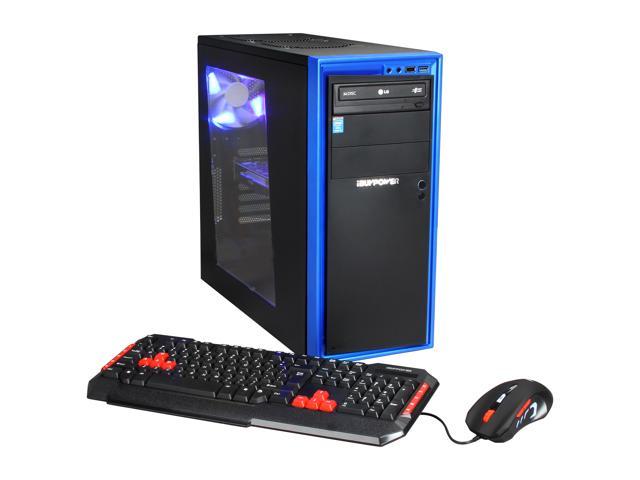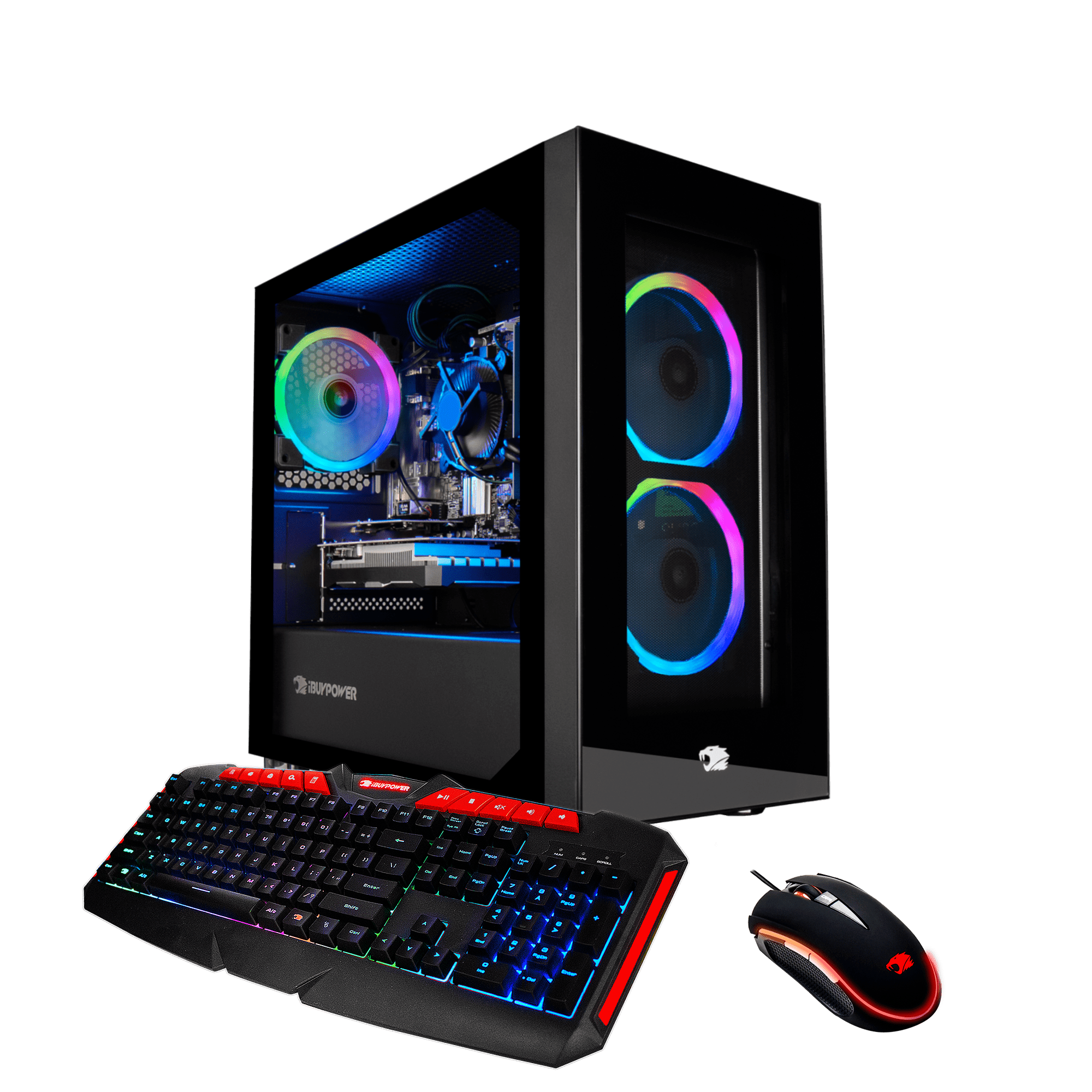
#Livescribe desktop 64 bit install
Let us know in the comments if your use case benefits (or suffers!) from the move to 64-bit.Ĭan you install both 64 and 32 bit chromium and just switch between them? I’m sure you probably can, that it’d require extra configuration after the install to work, and I have better things to do with my time than fight a computer to give it basic functionality….Īt this point I’m still not seeing a reason to once again try switching to 64bit. So, head to the downloads page and grab your copy of 64-bit Raspberry Pi OS today. To return to the 64-bit version sudo apt install chromium-browser:arm64 libwidevinecdm0. To instead choose the 32-bit version just do the following within a terminal window: sudo apt install chromium-browser:armhf libwidevinecdm0 The 64-bit version of Chromium, installed by default, has no version of the WidevineCDM library and therefore, it is not possible to play streaming media such as Netflix or Disney+. But some use cases will benefit from being able to allocate the entire memory of an 8GB Raspberry Pi 4 from a single process. Very few processes require more memory than this: happily Chromium, which is probably the most memory-intensive application in Raspberry Pi OS, spawns a process per tab. On Raspberry Pi 4, we use the ARM Large Physical Address Extension (LPAE) to access up to 8GB of memory, subject to the constraint that any process is limited to accessing 3GB (we reserve the top 1GB of the virtual address space for the kernel).

Beyond that there are some performance benefits intrinsic to the A64 instruction set: today, these are most visible in benchmarks, but the assumption is that these will feed through into real-world application performance in the future.Ī more theoretical concern is that 32-bit pointers only allow you to address 4GB of memory. Compatibility is a key concern: many closed-source applications are only available for arm64, and open-source ones aren’t fully optimised for the armhf port. Using arm6hf (Raspbian’s derivative of armhf with ARMv7-only instructions removed but floating-point instructions retained) provides us with an operating system which will run on every device we have ever manufactured, all the way back to 2011.īut we’ve come to realise that there are reasons to choose a 64-bit operating system over a 32-bit one. ProductĪs you can see from the table above, it is easy to be confused about which products will support which Debian/Raspbian ports. However, we have continued to build our Raspberry Pi OS releases on the 32-bit Raspbian platform, aiming to maximise compatibility between devices and to avoid customer confusion.

#Livescribe desktop 64 bit full
From that point on, it has been possible to run a full 64-bit operating system on our flagship products, and many third-party operating systems are available. The ARMv8-A architecture, which encompasses the 64-bit AArch64 architecture and associated A64 instruction set, was first introduced into the Raspberry Pi line with Raspberry Pi 3 in 2016.


 0 kommentar(er)
0 kommentar(er)
